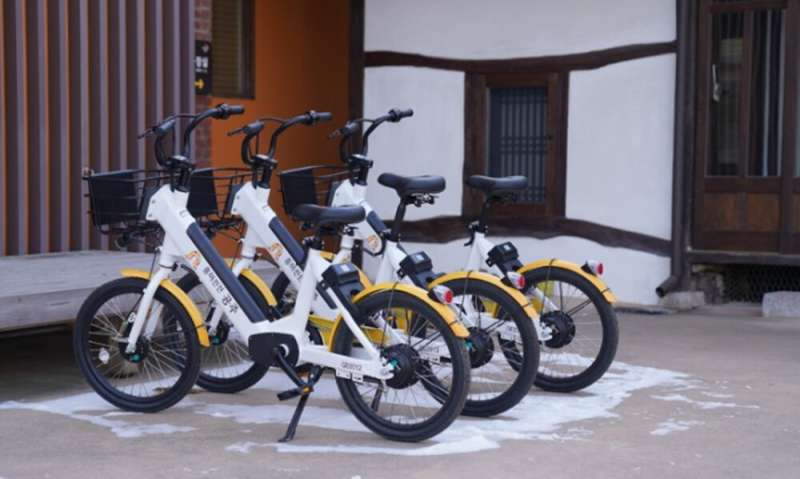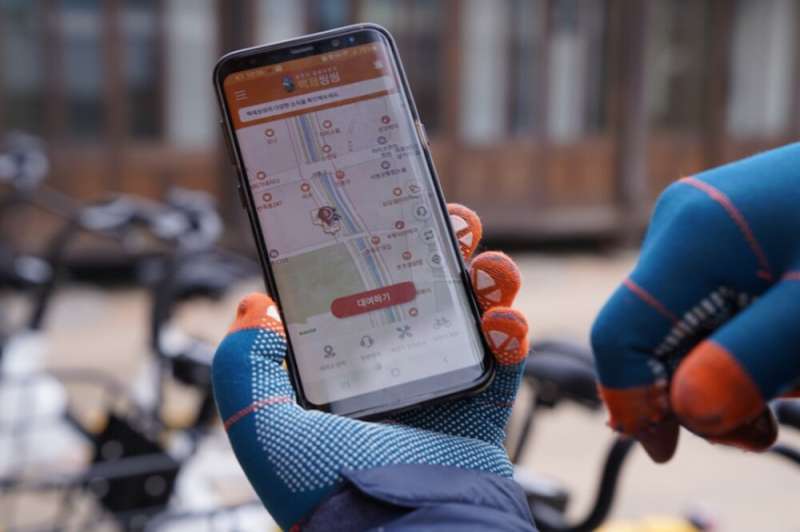How South Korea uses technology to bring together local residents and World Heritage sites
The Baekje kingdom was one of the earliest states on the Korean Peninsula (18 BEC to 660 CE), and UNESCO’s Baekje Historic Areas offer a unique testimony of its history, culture and legacy. Located in South Korea’s Midwest, the kingdom was at the crossroads of exchanges of art and Buddhist culture along the Silk Road with other kingdoms in Korea, China and Japan. Remains of temples, fortresses, tombs and many other archaeological sites dating to 475–660 CE testify to the Baekje kingdom’s creative adoption of Chinese principles of construction, art and religion.
Today, about 440,000 people now live in Iksan, Gongju and Buyeo, three cities that were once capitals of the Baekje Kingdom. As time passed, Iksan turned toward industry, while Gongju and Buyeo focused on tourism. Despite having been inscribed on the World Heritage List in 2015, both Gongju and Buyeo have suffered steady population loss and the number of tourist visits has been stagnant. Annually, about 1.5 million people visit, with most of them not staying more than a day.
By contrast, another one of Korea’s ancient capital cities, Gyeongju of the Silla Kingdom, has had more success. More than 10 million people visit every year, and the number has been increasing by 12% annually thanks to the development of Hwangridan-gil, where many young people go to enjoy the ancient city with a modern twist. The trend was started in part by Korea’s “Generation MZ”, which is seen as valuing atypical experiences. Gyeongju’s success has spurred Gongju and Buyeo to launch a project to promote of heritage tourism, “The Smart Town Challenge.”
Working together in the face of a pandemic
Initiated at the end of 2020, the project aims to link online and offline services that encourage visitors to stay longer in Gongju and Buyeo and contribute thereby help revitalize their local economies. Using Smart Town Challenge applications, visitors can find information on heritage sites and tourism facilities such as public bike rentals, parking lots and lockers.

In planning these new tourism services, the governments of Gongju and Buyeo invited local residents to express their preferences based on their daily lives. But as the COVID-19 pandemic took hold, communication with residents became a huge hurdle.
However, thanks to an online meeting platform, a “Living Lab” consisting of 18 local volunteers was held four times during the summer and fall of 2021. Springboarding off their ideas and feedback, three smart phone applications were developed to provide stories about heritage sites, tourism resources, and much more. Living Lab participants continuously participated in testing these new services until spring 2022, when they gave feedback for improvements.
Both residents and officials have found the experience a positive one:
“I wanted to see my city becoming more friendly and convenient where travelers can stay longer. I tested the riding service using new public electronic bicycles for myself. I felt rewarded when my opinion was reflected in the actual services.” (Jinhee Park, Gongju resident and Living Lab participant)
“It was a good opportunity to test new services and find problems in advance, as local people know the situation here better than anyone else. We plan to continuously listen to and accommodate opinions from them to make a Smart Town.” (Jaemin Jo, Buyeo official in charge of Living Lab)

Bringing together the historical and the virtual
Similar attempts are being made at many other South Korean World Heritage Sites. Gyeongju, for example, is one of the cities leading the effort to become a “smart tourism city.” It intends to create a metaverse online space encompassing the Gyeongju Historical Areas’ major travel courses. It will utilize augmented reality technology to enable visitors and local people to meet and exchange information and services. In developing those services, the local government have been listening to the residents’ ideas, as they will become one of main players in the virtual forum.
Increasing participation of local residents in the decision-making process for World Heritage Sites is a growing trend. Korea’s Special Act on Preservation, Management and Use of World Heritage, adopted in 2020, requires cities to actively explore how to increase local residents’ involvement in the protection and promotion of their cultural heritage. In April 2022, the Cultural Heritage Administration introduced a comprehensive plan that is expected to be completed by the end of this year, and has mandated that local governments each establish plans consistent with its implementation.
While the use of information technology is on the rise, the situation of elders—who often find themselves ignored in the digital era—just not be overlooked. New technologies have expanded and enhanced local residents’ involvement in heritage tourism, but they can also present obstacles to those who are not familiar or comfortable with changing trends. Considering the reality of the aging population of South Korea, especially in the smaller cities, IT education specifically tailored to elders should be offered in parallel, so that they can have an opportunity to join the conversation on heritage tourism. Without the participation of all South Koreans, the promotion of World Heritage can be only a partial success.
This article is republished from The Conversation under a Creative Commons license. Read the original article.![]()
Citation:
How South Korea uses technology to bring together local residents and World Heritage sites (2022, November 29)
retrieved 29 November 2022
from https://techxplore.com/news/2022-11-south-korea-technology-local-residents.html
This document is subject to copyright. Apart from any fair dealing for the purpose of private study or research, no
part may be reproduced without the written permission. The content is provided for information purposes only.
For all the latest Technology News Click Here
For the latest news and updates, follow us on Google News.
